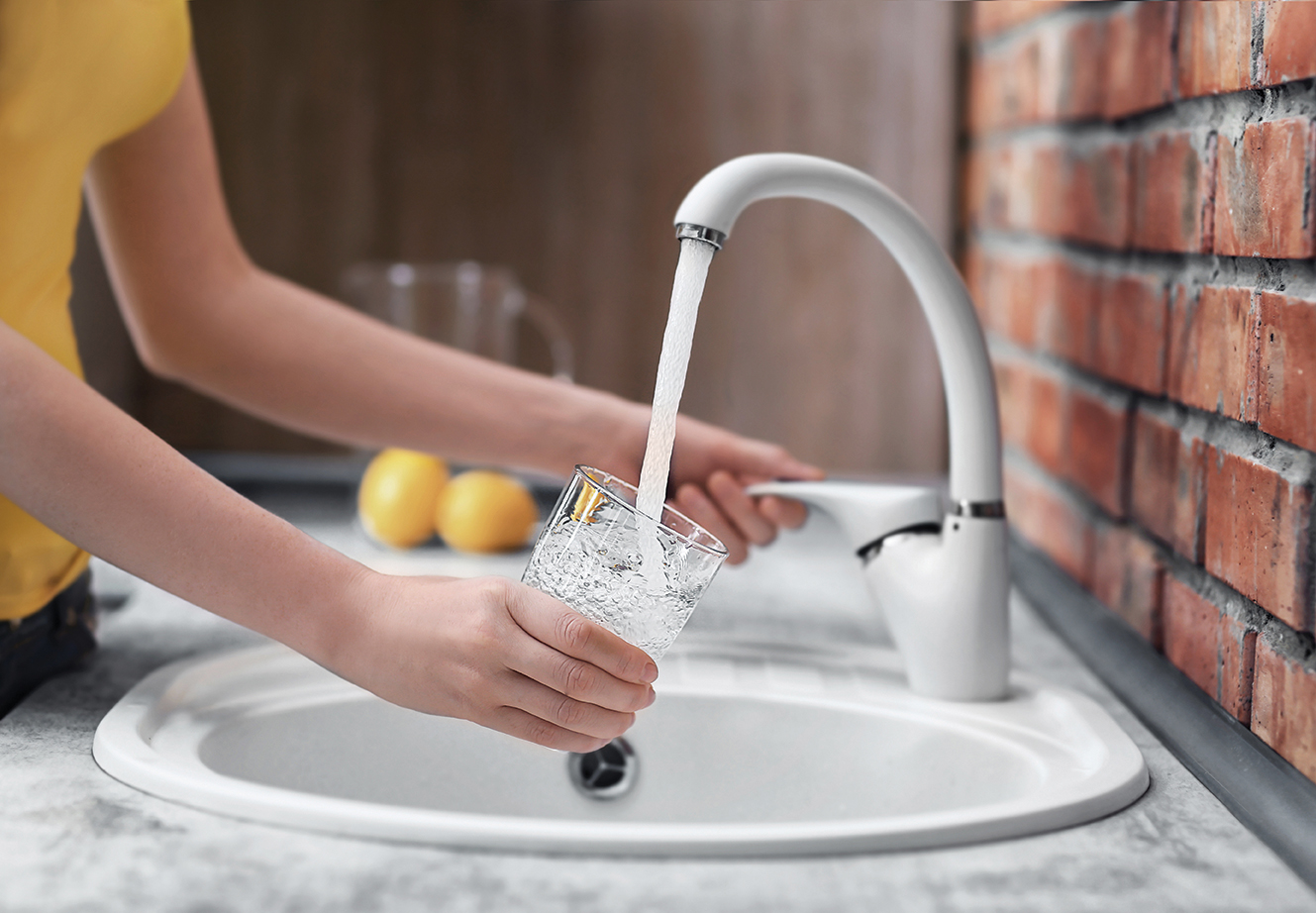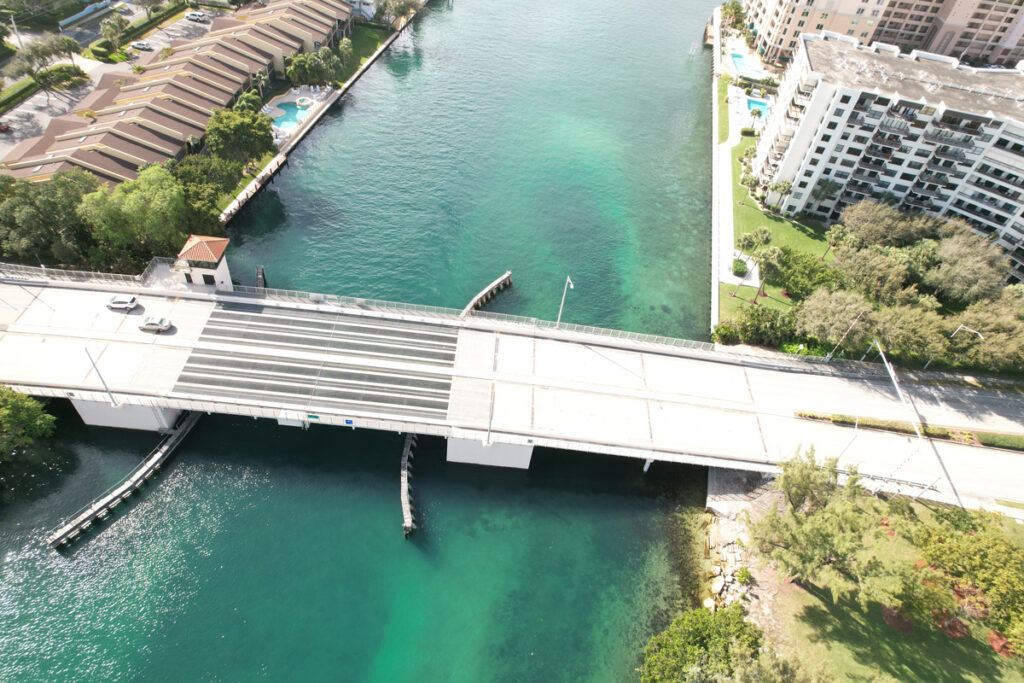Insights
Summary of 10 States Standards for Drinking Water Distribution Piping Design

by Erin Heydinger
April 6, 2017
The Great Lakes-Upper Mississippi River Board develops recommended standards for water works. These standards are followed by regulatory agencies in Minnesota and are used for the design of water systems.
Below is a summary of system design standards for distribution system piping and appurtenances:
Pressure:
- The system should maintain a pressure of 20 psi at all points under all flow conditions.
- Normal working pressure should be 60 to 80 psi, and no less than 35 psi.
Diameter:
- Water mains that provide fire protection should be at least eight inches (8″) in diameter.
- Water mains that do not provide fire protection should be at least three inches (3″) in diameter.
Fire protection:
- Systems should be designed in accordance with State Insurance Office fire requirements.
Dead ends:
- Dead ends should be minimized to reduce stagnant water, provide reliable service, and reduce head loss.
- Dead ends should be equipped with a way to provide flushing at a rate of at least 2.5 feet per second in the pipe being flushed.
For the full set of the standards, click here.



